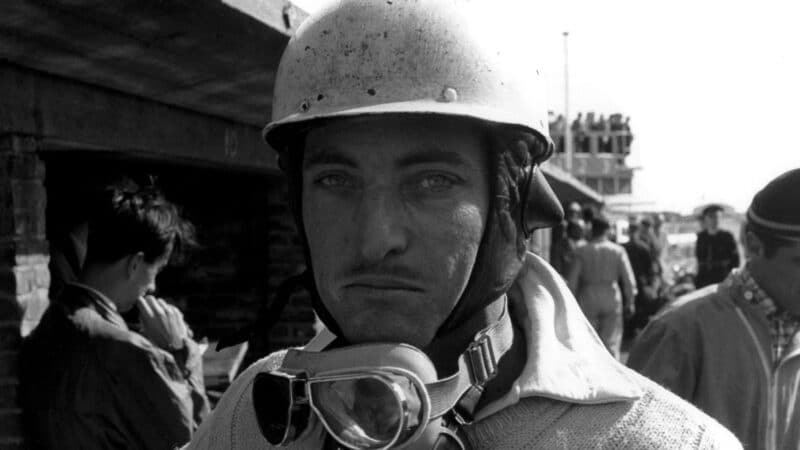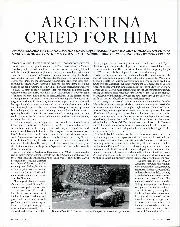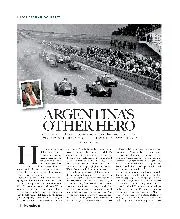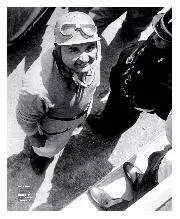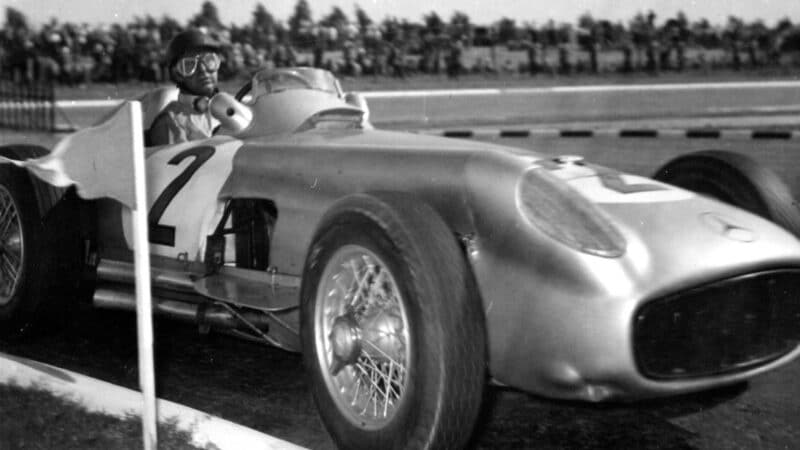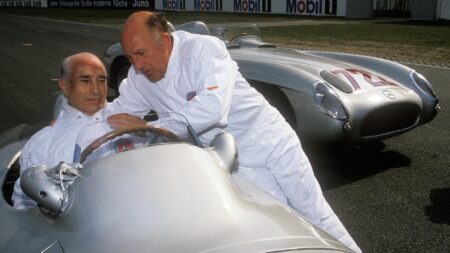“It was the first time I had been to Argentina,” Moss recalls today, “and although I didn’t know what to expect, none of us could have anticipated the conditions we had to compete in. There was the most tremendous atmosphere before the start of the race. They were all there for one person – Fangio – and I was glad I was on the same side as him, because they just idolised him. We were in the pits and the crowds flocked towards him; I had to pull myself out of the way. I can remember thinking, ‘I’m glad they are on our side and not against!’” Six hours before the flag was due to drop, the grandstands of the autodromo were crammed to capacity. The Argentinians, it seems, were a hardy crowd, for records from the Buenos Aires weather centre, located by chance at the race track, show just how fierce that heatwave had become. The ambient air temperature that afternoon was 35C, the temperature at track level a blistering 52C (126 deg F): Ahead lay three hours of racing. Even a native like Mieres could not believe the conditions.
“Heat like that just wasn’t common,” says Mieres, now a 73-year-old rancher in Uruguay. “Even Argentinian drivers like Fangio and myself who had raced there just hadn’t seen heat like it. The asphalt was incredibly black and the sun was so strong that it just seemed to reflect straight back up from the track. I don’t think anybody started that race with the intention of going right through to the end. We all knew that the heat given off by the cars would just compound the problem.”
It was an issue that had already occurred to the Mercedes team and their team manager Alfred Neubauer. By race day, the W196s were modified to ensure some modicum of driver comfort but, says Moss, no amount of tinkering could outdo the weather.

Moss was making his Mercedes debut – some baptism of fire
Grand Prix Photo
“Being super-efficient the team had devised these deflectors to take the heat away from the exhaust pipes and the drivers. The trouble was, it was so hot that even the air that replaced the engine heat was rushing in at over 50C. They put air ducts in to blow through the cockpit and that just forced the burning air in. On top of that when you were travelling at speed, the aerodynamics drew the air out of the cockpit and that meant all that was left around your feet was the heat soak from the engine.”
Yet race they must, and from the start Fangio, with the benefit of a low-ratio first gear out-dragged Gonzalez and set off trying to establish a lead. Behind him, his rivals seemed intent on letting him do so, for by the end of the second lap five cars, including Behra, Kling and Villoresi, had crashed out or retired. The real significance of this attrition would only begin to become clear as the heat began to take its toll.

